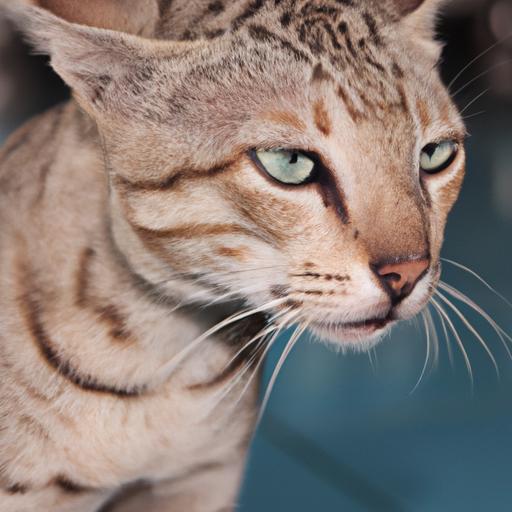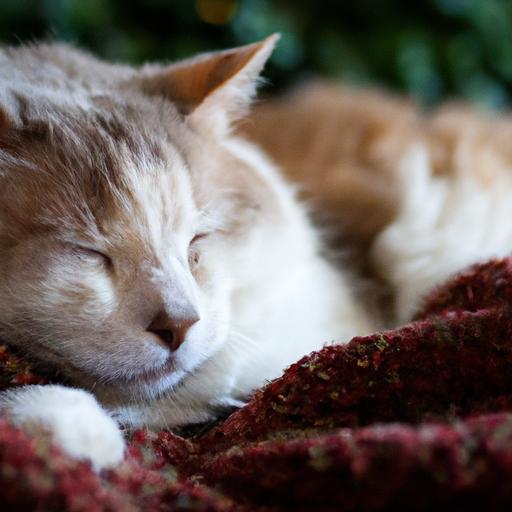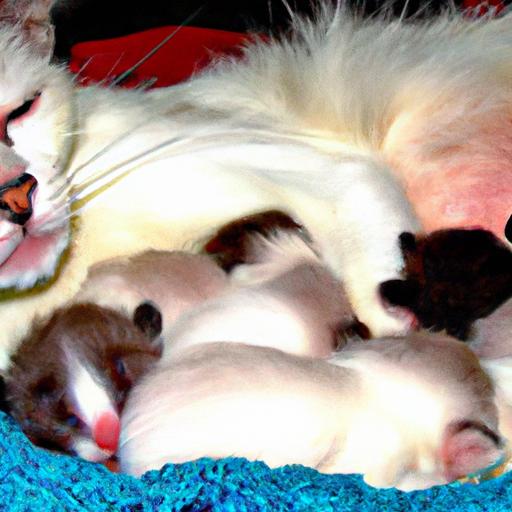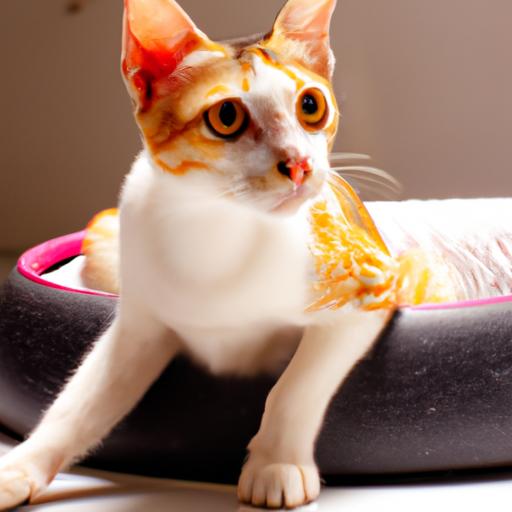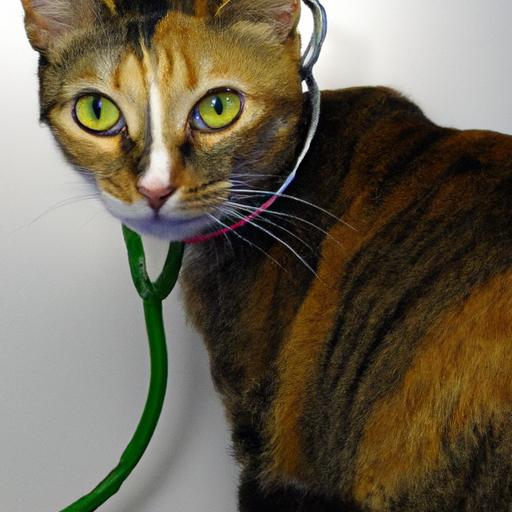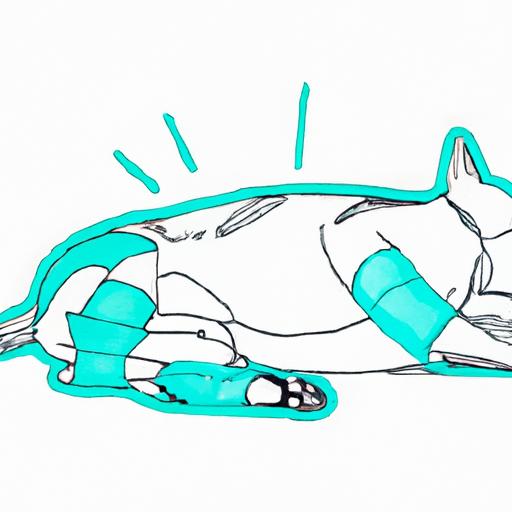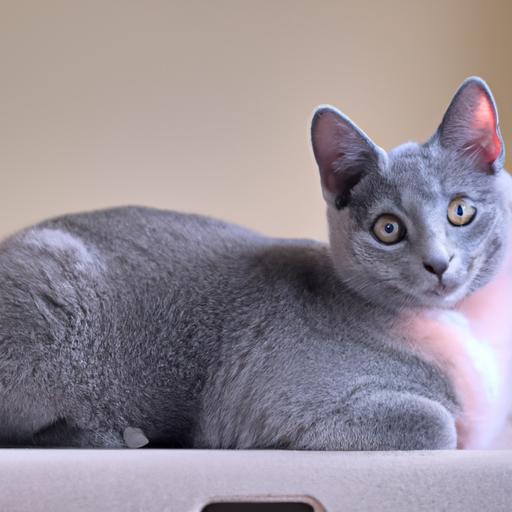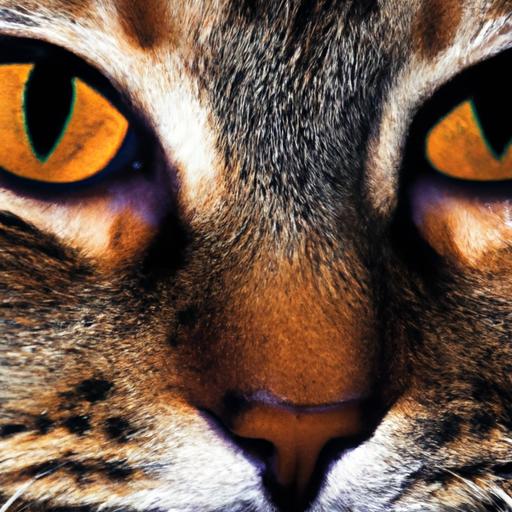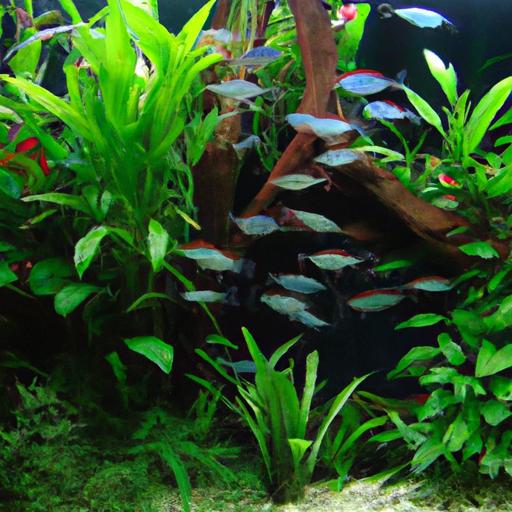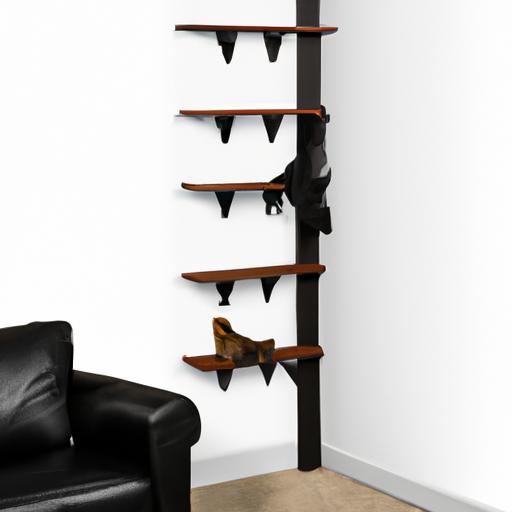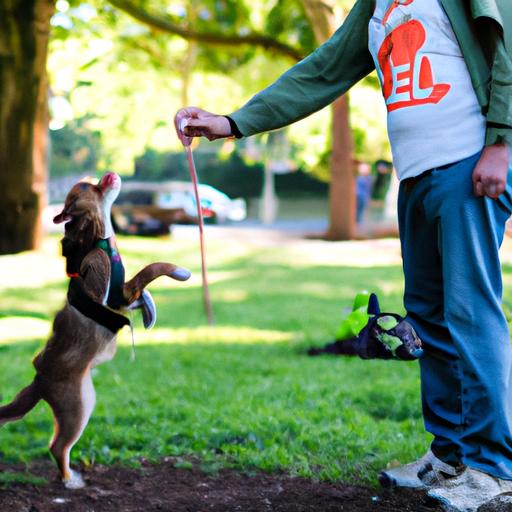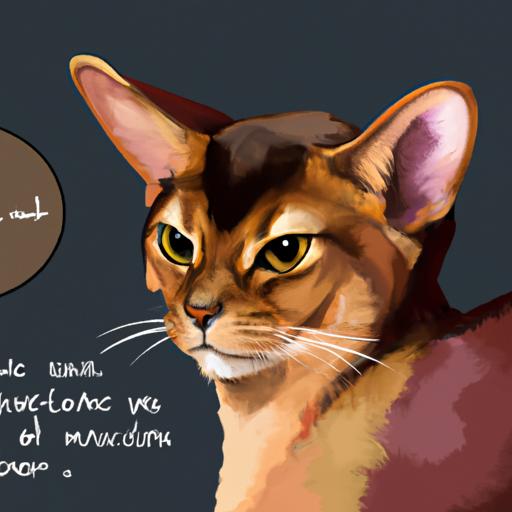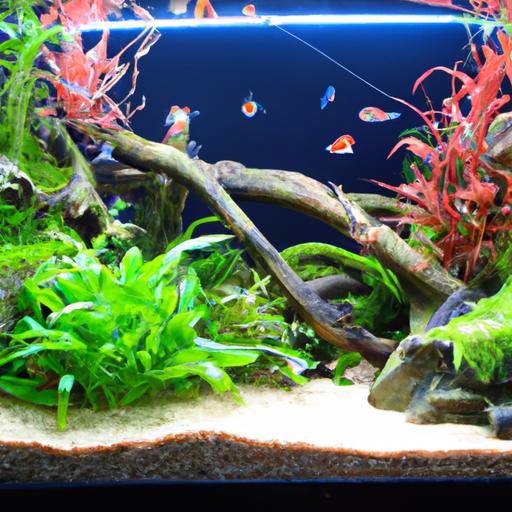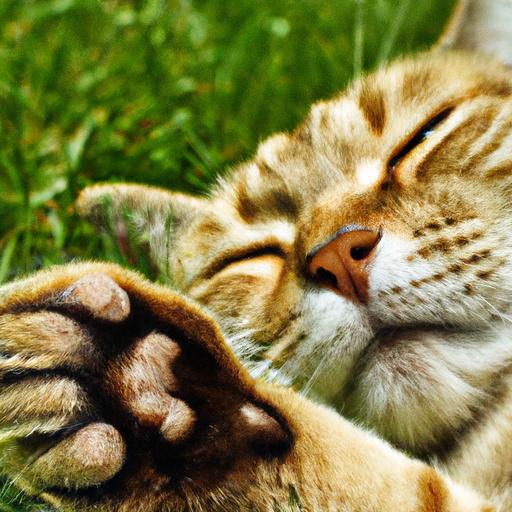
Cat Paw Pad Cracking: Causes and Solutions
Discover the causes of cat paw pad cracking and effective solutions. Learn how to keep your feline friend’s paws healthy and pain-free. Read now!
Introduction
When it comes to our beloved feline friends, their health and well-being are always a top priority. We pay close attention to their diet, grooming, and overall comfort. However, one area that often goes unnoticed is the health of their paw pads. Cracked paw pads can be a painful and uncomfortable experience for cats, affecting their mobility and causing distress. In this article, we will explore the causes behind cat paw pad cracking and provide effective solutions to help your furry companion find relief.
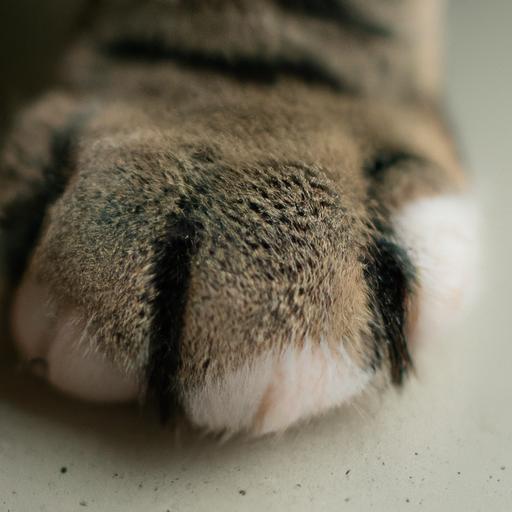
Causes of Cat Paw Pad Cracking
Dry and Cold Weather Conditions
Just like humans, cats are susceptible to the harsh effects of dry and cold weather. During winter months or in arid climates, the lack of moisture in the air can cause the paw pads to become dry and cracked. Exposure to icy surfaces can exacerbate the problem, leading to painful cracks.
Lack of Moisture and Hydration
Proper hydration is crucial for maintaining the health of your cat’s paw pads. If your feline friend doesn’t drink enough water or is on a dry food diet, their paw pads may become dehydrated, increasing the risk of cracking. Additionally, low humidity levels in your home can contribute to dry paw pads.
Excessive Walking or Running on Rough Surfaces
Cats love to explore their surroundings, and their curious nature often leads them to rough or abrasive surfaces. Constant walking or running on such surfaces can cause wear and tear on their paw pads, leading to cracks and discomfort.
Allergies or Dermatological Conditions
Just like humans, cats can suffer from allergies or dermatological conditions that affect their skin, including their paw pads. Allergens, irritants, or underlying skin conditions can cause inflammation, itchiness, and ultimately lead to cracks in the paw pads.
Nutritional Deficiencies
A balanced diet plays a vital role in maintaining overall health, including the health of your cat’s paw pads. Nutritional deficiencies, particularly in essential fatty acids and vitamins, can weaken the skin’s integrity, making the paw pads more susceptible to cracking.
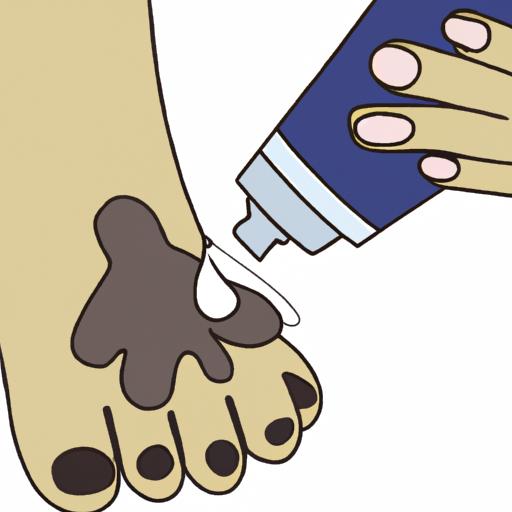
Solutions for Cat Paw Pad Cracking
Regular Moisturizing and Hydration
To combat dry paw pads, regular moisturizing is key. Apply a pet-safe moisturizer specifically formulated for paw pads to keep them hydrated. Additionally, ensure your cat has access to fresh water at all times to promote overall hydration.
Providing Suitable Walking Surfaces
Consider the surfaces your cat walks on regularly. Opt for softer surfaces such as grass or carpeted areas to minimize the impact and reduce the risk of paw pad damage. Avoid exposing your cat to rough or abrasive surfaces for prolonged periods.
Protecting Paws During Extreme Weather Conditions
In extreme weather conditions, it’s important to take extra precautions to protect your cat’s paws. Use booties or paw wax to create a barrier between their paw pads and the elements. This will help prevent excessive drying, cracking, or damage caused by hot pavement or icy surfaces.
Identifying and Addressing Allergies or Dermatological Issues
If you suspect allergies or dermatological conditions are contributing to your cat’s paw pad cracking, consult with a veterinarian. They can perform tests to identify the underlying cause and prescribe appropriate treatments or medications to alleviate discomfort and promote healing.
Ensuring a Balanced and Nutritious Diet
A well-balanced and nutritious diet is essential for your cat’s overall health, including the health of their paw pads. Ensure their diet includes high-quality protein, essential fatty acids, and vitamins. If necessary, consult with a veterinarian to determine if any dietary modifications or supplements are needed.
Frequently Asked Questions (FAQs)
Q: What are the signs of cracked paw pads in cats?
A: Some common signs of cracked paw pads in cats include visible cracks or fissures on the paw pads, limping or reluctance to walk, excessive licking or chewing of the paws, and signs of pain or discomfort when touching the paw pads.
Q: How can I prevent my cat’s paw pads from cracking?
A: To prevent paw pad cracking, ensure your cat’s paws are adequately moisturized, provide suitable walking surfaces, protect their paws during extreme weather conditions, address any allergies or dermatological issues promptly, and maintain a balanced and nutritious diet.
Q: Are there any home remedies for treating cat paw pad cracking?
A: While it’s always best to consult with a veterinarian, you can try applying a thin layer of petroleum jelly or coconut oil to moisturize your cat’s paw pads. However, be cautious and avoid using any human products that may be toxic to cats.
Q: When should I consult a veterinarian for my cat’s paw pad issues?
A: If your cat’s paw pad cracking persists, worsens, or is accompanied by other concerning symptoms, it’s crucial to seek veterinary advice. A veterinarian can properly diagnose the underlying cause of the issue and recommend appropriate treatments.
Conclusion
Caring for your cat’s paw pads is an essential aspect of their overall well-being. Cracked paw pads can cause discomfort and hinder their mobility. By understanding the causes behind paw pad cracking and implementing the solutions provided, you can help your feline friend find relief and maintain healthy paw pads. Remember to moisturize regularly, provide suitable walking surfaces, protect their paws in extreme weather, address allergies or dermatological issues, and ensure a balanced diet. Your cat will thank you with their happy and healthy paws!

